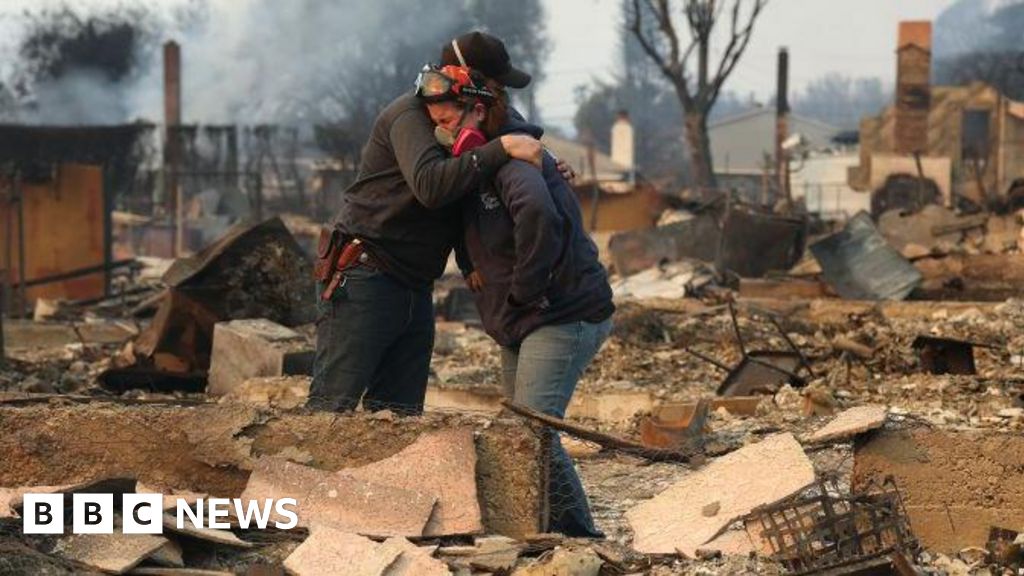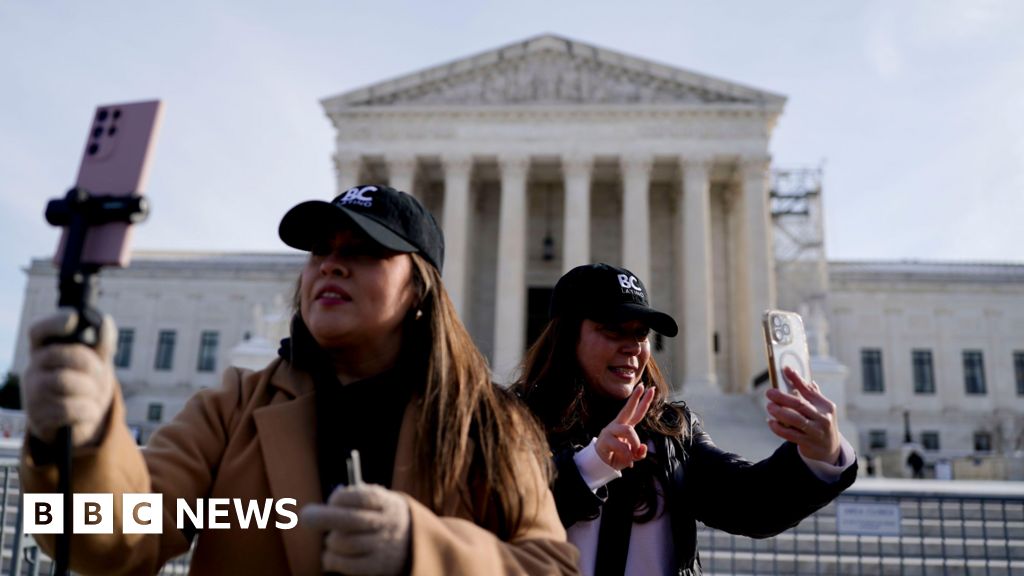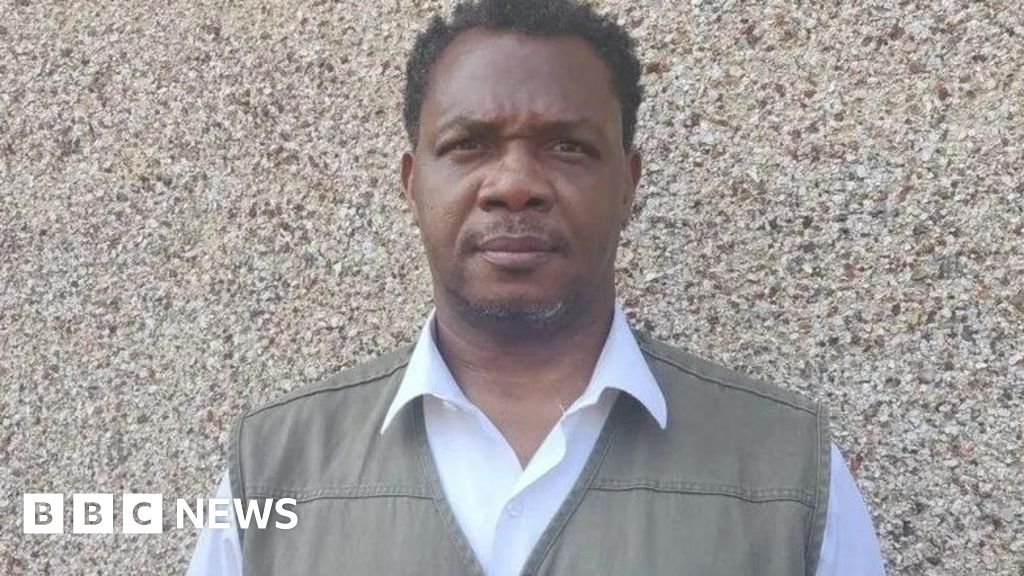It was coming up to half past midnight on a chilly night at the Downing Stadium in New York in May 1989 when the excitable chattering crowd finally dispersed.
The floodlights at the venue on Randall’s Island – repaired and used for the first time in years – were still on, but you could still just about see the skyscrapers in Manhattan twinkling in the distance.
This was the place where Jesse Owens trained and where Pele made his debut for New York Cosmos. Aretha Franklin, Jimi Hendrix and Ray Charles all played concerts there.
Downing Stadium was also the location for the first meeting in the Americas between India and Pakistan.
Forgot whoever was playing at Carnegie Hall or on Broadway that night, this was the place to be if you were a cricket fan in the Big Apple.
Yet much of what happened has been forgotten.
It was, in fact, the first of a series of three exhibitions matches. Fans had flocked, many after work, to witness a 40-over-a-side day-nighter featuring some stellar names.
Pakistan were skippered by Imran Khan and had many of the ‘Cornered Tigers’ who would win the World Cup in 1992 including Javed Miandad, Saleem Malik and Mushtaq Ahmed in their side.
Dilip Vengsarkar captained an India team including Mohammad Azharuddin, Kapil Dev, and Sanjay Manjrekar.
India all-rounder Ravi Shastri helped facilitate the matches against Pakistan, plus an earlier fixture against West Indies.
“In many ways we were the pioneers by coming to the United States,” Shastri told BBC Sport.
“To do something like that back then really was quite a brave thing. After that there were games right through the 1990s in different parts of the US.”
A crowd of 15,000 made it to the stadium that night in New York.
Many came from the historic South Asian communities in nearby Jackson Heights, Queens, who had started emigrating to the USA ever since Lyndon Johnson signed the 1965 Immigration Act.
“Even though it was an exhibition game we still wanted to beat them,” former Pakistan captain Ramiz Raja remembered.
“But there was never a problem between the players. Not an issue. We have the same culture and we eat the same stuff.”
There was no proper scoreboard at the Downing Stadium, and those sat on the bleachers were oblivious, at times, to who was actually batting and bowling.
The scorers were amateurs so there were quite a few mistakes.
TV coverage of cricket in the US in the eighties was limited so there were whole swathes of South Asian expats unaware of what their heroes actually looked like in the flesh.
Not that it mattered to those present who banged drums, waved flags and occasionally invaded the pitch.
Saleem’s 53 helped Pakistan post 162 on the matting wicket but India were the victors.
Robin Singh top scored for India with 47 while Vengsarkar hit the winning runs, with three balls to spare, launching Mushtaq for a towering six.
However, Pakistan squared the series in Toronto, at the home of the Blue Jays, after Imran’s brilliant 91 not out helped them chase down 222.
Pakistan then claimed a four-wicket win in Los Angeles thanks to 47 from Ramiz to lift the inaugural North American Cup.
The players taking part in the trilogy of India v Pakistan fixtures in the US pocketed $2,000 apiece for taking part.
This was an era of cricket when players in the game frequently struggled to make serious money from the game.
On previous trips to the United States during this time India’s players stayed in the homes of expat families.
Indeed, it was not unheard of for players to have scrub their own whites with household bleach to get them clean between matches.
The Board of Control for Cricket in India (BCCI) had signed off the players visiting the US on a "holiday" but forbid them from playing cricket.
India had gone to the US and Canada after a chastening tour of the West Indies where they had lost a four-match Test series 3-0 and suffered a 5-0 whitewash in the ODIs which seemingly irked the BCCI.
On their return to India the board banned Vengsarkar, Dev, Shastri, Azharuddin, Kiran More and Arun Lal for a year with the rest of India players involved issued with fines.
It was front page news and Indian cricket writer R Mohan called it "cricket’s gravest crisis” in the country at the time.
However, following protests, a newspaper campaign and a three-month court battle the decision was overturned.
“We did have a few issues after playing those games in the United States,” Shastri said, with a chuckle.
“We were supposed to be banned for a year but it didn't happen like that. So all's well that ends well.”
By contrast Pakistan’s players encountered no problems whatsoever.
“Imran was 10 in one in those days,” Ramiz said. “He was the board, he was the chairman of selectors, he was the captain so we had no issues with playing in the US.”
On Sunday at 15:30 BST – at a dazzling 32,000-capacity stadium in New York costing $32m – the two countries will play out the latest instalment of their rivalry on US soil.
“I recall in 1989 there were six or seven Americans at the game,” Ramiz added. “All of them were security guards!”
New York’s India v Pakistan contest in 2024 should feature quite a few more.
You can follow the match with live TMS commentary on BBC Sounds from 15:15 BST and text updates on the BBC Sport website and app.
 (1).png)
 7 months ago
27
7 months ago
27


















